Your traction control light usually performs 2 functions:
- Alerting you to a lost traction
- Warning of a problem with your traction control system
In some vehicles it can come on when neither of these are actually a problem and you have low tire pressure problem.
Can Low Tire Pressure Cause Traction Control Light To Come On?
Low tire pressure can cause reduced traction which can trigger the traction control light. Also, Indirect TPMS systems use the wheel speed sensor to infer tire pressure. Indirect tire pressure measurements can be inaccurate and confuse wheel speed differences for losing traction in some situations.
In this article, we’ll explore the connection between low tire pressure and the Traction Control System (TCS) light, learn about tire pressure monitoring, and discover the roles of wheel speed sensors in various vehicle systems.
Let’s take a closer look.
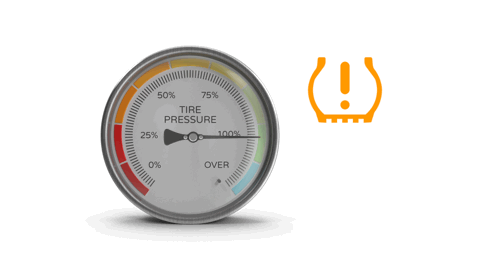
Tire Pressure And Traction Control Systems
Your car has tire pressure sensors inside each tire, and their job is to monitor the air pressure and alert you when it’s too low or too high.
These sensors talk to your car’s computer, which keeps track of your tire pressure and sometimes your TCS too. If your tire pressure is too low, your car’s computer might think something’s not quite right and turn on the TCS light to give you a heads up.
How Low Tire Pressure Affects TCS
You might be curious about how low tire pressure can mess with your TCS. Well, there are a couple of ways this can happen:
- Inaccurate Sensor Readings: If your tire pressure is low, the sensors in your tires can get confused and send wrong signals to your car’s computer. When this happens, the computer might think there’s a problem with the TCS, even if it’s working just fine.
- Reduced Tire Grip on the Road: Low tire pressure can also reduce the amount of grip your tires have on the road. When your tires don’t grip the road well, they might slip more easily, which could cause your TCS to kick in more often. If your TCS is working extra hard, the TCS light might come on to warn you.
This is the simplified explanation. If you want to understand more specifically how the traction control light may come on due to low tire pressure, keep reading.
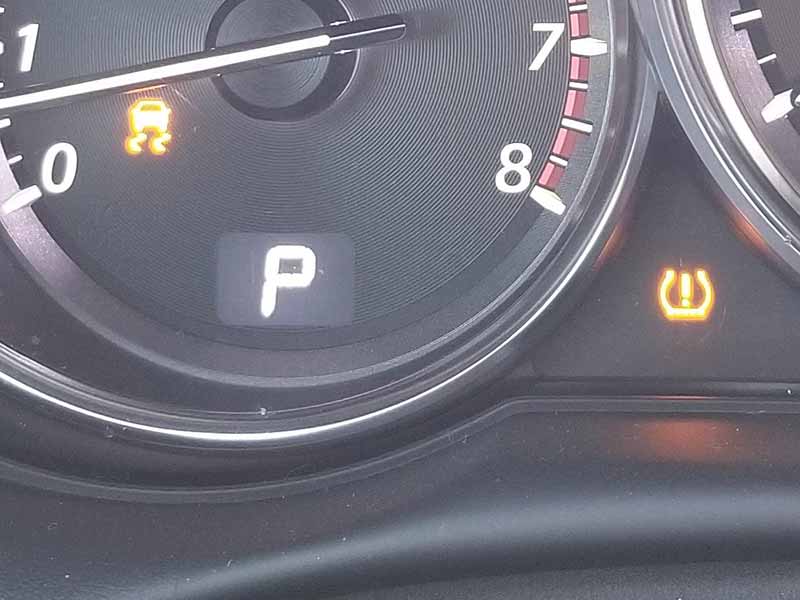
Traction Control System (TCS)
The Traction Control System (TCS) that’s found in most modern vehicles is like a helpful friend who steps in when things get a little slippery on the road, keeping you safe and in control.
When you’re driving and one or more of your wheels start to slip (like on a wet road or icy patch), TCS helps you maintain control of your vehicle. It’s like having a safety net that catches you when you’re about to lose balance.
- Sensors Detecting Wheel Spin: Your car is full of sensors that keep an eye on how your wheels are spinning. When they detect that a wheel is spinning too fast compared to the others (which usually means it’s slipping), TCS springs into action.
- Applying Brakes or Reducing Engine Power: Once TCS knows there’s a wheel spinning too fast, it can do one or both of these things to help you regain control: a. Applying the brakes to the slipping wheel, which helps it regain traction. b. Reducing engine power, which means less power is sent to the wheels, helping them grip the road better.
These actions help prevent your car from skidding or spinning out of control, making your drive safer, especially in tricky conditions.
Direct Vs Indirect TPMS
Both systems have their pros and cons, and knowing the difference can help you understand why you may be experiencing a low traction warning light due to low tire pressure.
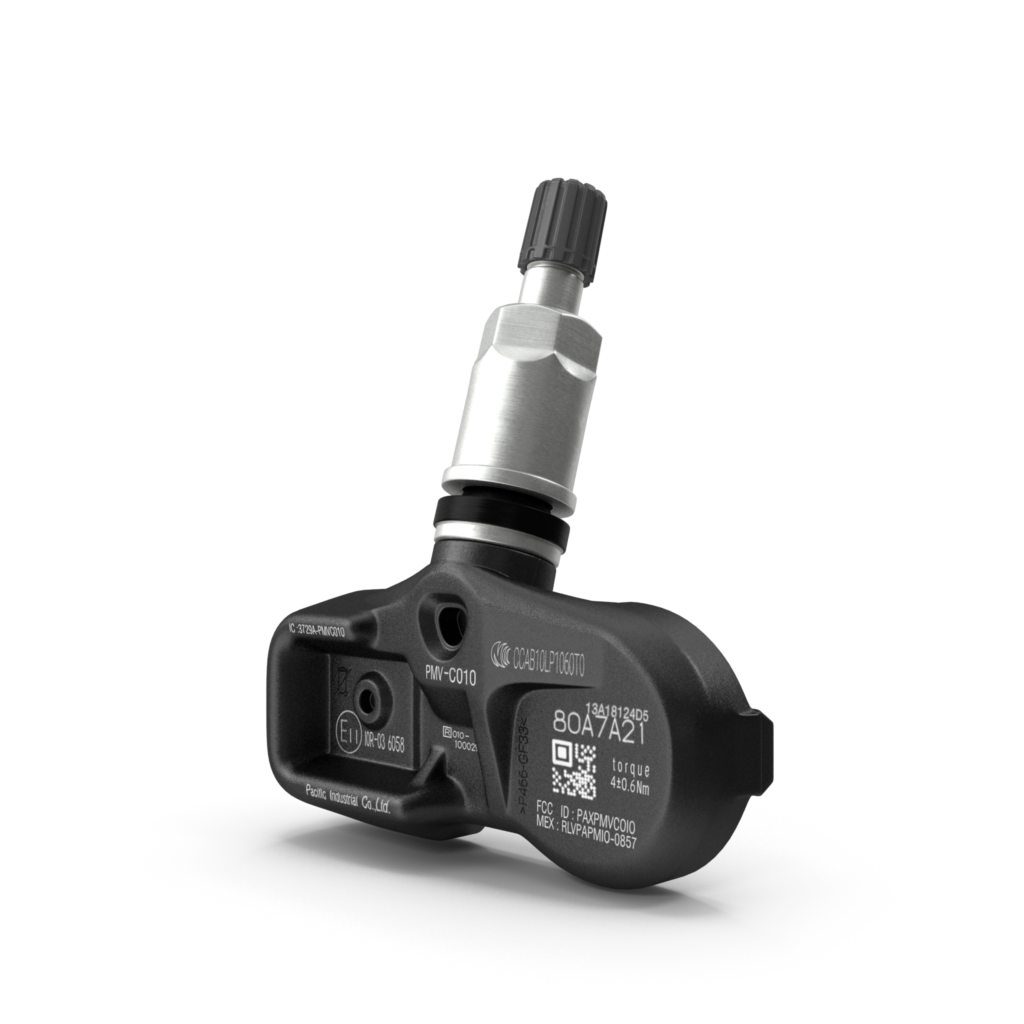
Direct TPMS
- How It Works: Direct TPMS uses individual sensors inside each tire to measure the actual air pressure. These sensors send real-time data to your car’s computer, which then displays the information on your dashboard or alerts you if the tire pressure is too low.
- Pros of Direct TPMS: a. Accurate tire pressure readings b. Alerts you to which specific tire has low pressure c. Works independently of other vehicle systems
- Cons of Direct TPMS: a. More expensive to maintain and replace sensors b. Sensors have limited battery life (usually 5-10 years) c. Installation typically requires professional help
Indirect TPMS
- How It Works: Indirect TPMS doesn’t measure tire pressure directly. Instead, it uses the wheel speed sensors that are part of your car’s Anti-lock Braking System (ABS) to estimate tire pressure. If one tire is spinning faster than the others, the system assumes that it has low pressure and alerts you.
- Pros of Indirect TPMS: a. Less expensive and easier to maintain b. No additional sensors or batteries to replace c. Integrated with existing ABS system
- Cons of Indirect TPMS: a. Less accurate tire pressure readings b. Doesn’t specify which tire has low pressure c. Can be affected by uneven tire wear or tire size differences
Many Functions Of The Wheel Speed Sensor
Wheel speed sensors play a significant role in multiple systems, keeping you safe and in control while driving. Let’s explore the many functions of the wheel speed sensor!
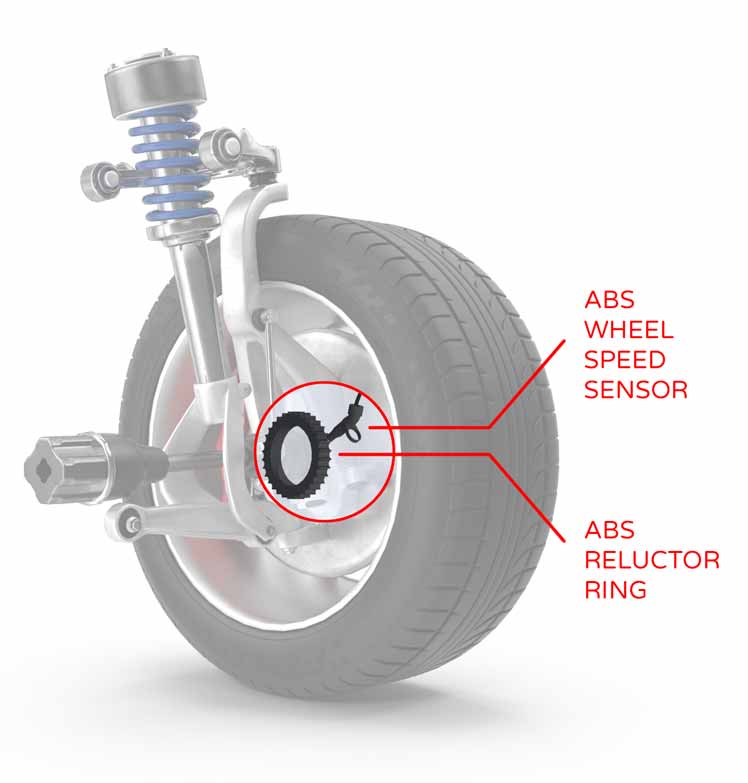
Role in Anti-lock Braking System (ABS)
- ABS Function: The Anti-lock Braking System (ABS) prevents your wheels from locking up when you brake suddenly or on slippery surfaces, helping you maintain steering control and avoid skidding.
- Wheel Speed Sensor’s Role: The wheel speed sensors monitor the rotational speed of each wheel and send this data to your car’s computer. If the computer detects that one or more wheels are about to lock up, it modulates brake pressure to prevent skidding.
Role in Traction Control System (TCS)
- TCS Function: As we’ve discussed earlier in this article, the Traction Control System (TCS) helps maintain vehicle stability and control by preventing wheel slip during acceleration or when driving on slippery surfaces.
- Wheel Speed Sensor’s Role: The wheel speed sensors detect when one or more wheels are spinning faster than the others, indicating a loss of traction. This information is sent to the car’s computer, which then activates the TCS to help regain control.
Role in Indirect Tire Pressure Monitoring System (TPMS)
- Indirect TPMS Function: As we’ve mentioned before, Indirect TPMS uses the wheel speed sensors to estimate tire pressure, alerting you when there’s a possible pressure issue.
- Wheel Speed Sensor’s Role: Since underinflated tires tend to spin faster than properly inflated ones, the wheel speed sensors can detect these differences in rotation. When the car’s computer identifies an issue, it activates the TPMS warning light on your dashboard.
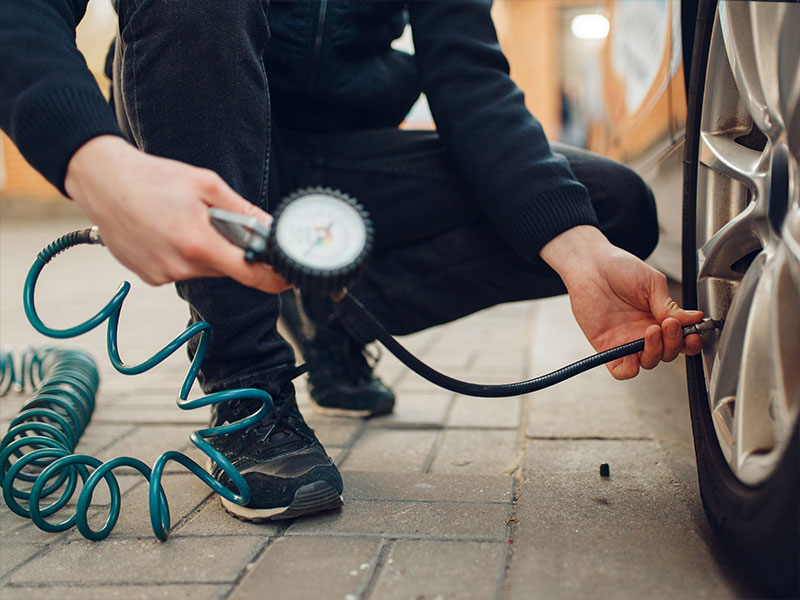
As you can see, wheel speed sensors play a crucial role in several essential vehicle safety systems like ABS, TCS, and Indirect TPMS. These small but mighty sensors help ensure that your car or truck stays safe, stable, and responsive on the road.
If your car or truck uses the wheel speed sensor for monitoring tire pressure it’s not uncommon that the traction control light as well as the tire pressure light can come on at the same time or get a bit confused since inferring tire pressure through wheel speed isn’t perfect.
Tire Tread Depth And Traction
Tire treads play a critical role in your vehicle’s traction, which helps you maintain control on various road surfaces and in different weather conditions.
- Grip and Traction: Tire treads are designed to create friction between your tires and the road. This friction, or grip, is what helps you steer, accelerate, and brake safely. As tire tread wears down over time, your traction decreases, making it harder to control your vehicle, especially in wet or slippery conditions.
- Hydroplaning Prevention: Tire treads are also crucial for preventing hydroplaning. The grooves in the treads help channel water away from your tires, which reduces the risk of your tires losing contact with the road when driving on wet surfaces.
How to Measure Tire Tread Depth
- The Penny Test: A simple and popular way to check tire tread depth is the penny test. Insert a penny into the tread with Lincoln’s head facing down. If you can see the top of Lincoln’s head, it’s time for new tires. This indicates that your tread depth is below the recommended 2/32 of an inch.
- Tread Depth Gauge: Another option is to use a tread depth gauge, which is an inexpensive tool available at most auto parts stores. Simply insert the gauge’s probe into the tread groove and read the measurement. A depth of 2/32 of an inch or less means it’s time for a tire replacement.
To maintain proper traction and control, make sure to regularly inspect your tire tread depth and replace your tires when they’re worn out. By doing so, you’ll ensure that your vehicle remains safe and responsive on the road, regardless of the conditions.
The Importance Of Maintaining Proper Tire Pressure
We can’t close this article out without explaining why it’s so important to maintain good tire pressure. There are three main reasons:
- Fuel Efficiency: When your tires have the right amount of air, your car can roll smoothly, which means your engine doesn’t have to work as hard. This saves you gas and money in the long run. On the flip side, underinflated tires make your engine work harder, guzzling more gas than needed.
- Vehicle Safety: Proper tire pressure is key to staying safe on the road. If your tires don’t have enough air, they can’t grip the road well, which may cause skidding or make it harder to steer, especially in wet or slippery conditions. Overinflated tires, on the other hand, have a smaller contact area with the road, which can also decrease grip and make braking less effective.
- Tire Lifespan: Just like you take care of your shoes to make them last, taking care of your tires means they’ll last longer too. Maintaining the right tire pressure helps your tires wear evenly, so you don’t end up with bald spots or uneven treads. Plus, it reduces the chances of getting a flat or a blowout, which nobody wants to deal with!
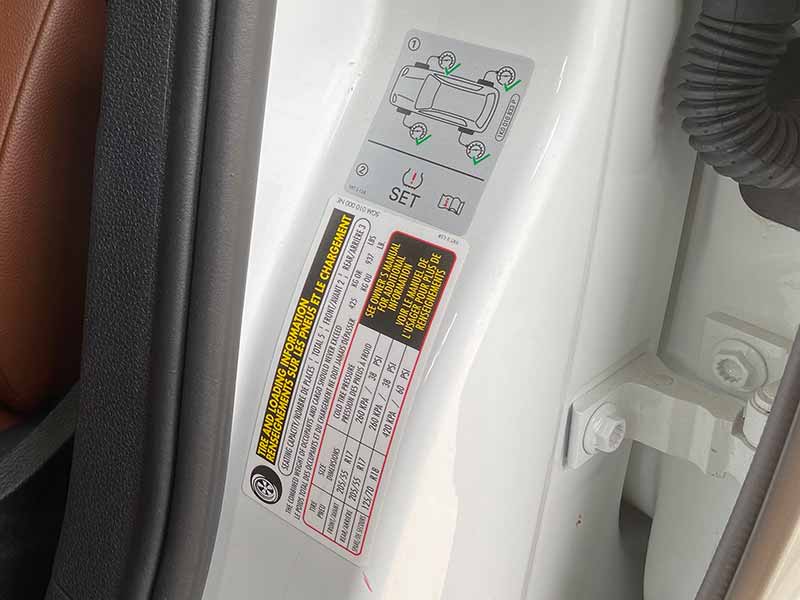
Resources
Below are some links you may find helpful when learning about tires
- Signs of a bad ABS wheel speed sensor – Repair Pal
- Direct versus indirect TPMS – Vehicle Service Pros
Final Thoughts
We’ve learned so much about the importance of proper tire pressure, Traction Control Systems, and Tire Pressure Monitoring Systems. It’s been an adventure, and now it’s time to tie everything together.
In a nutshell, don’t forget to:
- Regularly check and maintain the correct tire pressure for your vehicle.
- Inspect your tires for damage, wear, and proper tread depth.
- Understand the role of wheel speed sensors in ABS, TCS, and TPMS.
Keeping these points in mind will help you avoid TCS issues related to tire pressure and contribute to a safer, smoother ride for you and your passengers.
Good luck and happy motoring.





